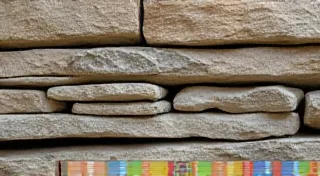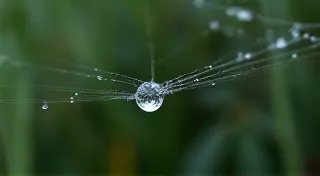Jet's Shadowed Grace: Mourning Buttons and the Victorian Sentiment for Loss
The Victorian era. A time often romanticized for its intricate lace, gaslit streets, and a certain melancholy beauty. But beyond the surface of drawing rooms and debutante balls lay a deep, pervasive shadow – a profound awareness of mortality. Death was a constant companion, a guest at every hearth, and the customs surrounding loss permeated every aspect of Victorian life. And nowhere is this somber elegance more eloquently expressed than in the exquisite, often overlooked, world of mourning buttons.
My own fascination with antique buttons began, as many collecting passions do, with a single, unexpected discovery. I was helping my grandmother clear out her attic, a dusty repository of family history, and unearthed a small, velvet-lined box. Inside, nestled amongst dried flowers and faded photographs, lay a collection of buttons—jet buttons. The deep, almost bottomless blackness of the material, the precision of their cut, the sheer artistry of their creation – it was captivating. They weren’t just fasteners; they were whispers of a forgotten era, fragments of grief, tangible links to lives lived and lost.
The Rise of Jet and the Language of Mourning
Before the Victorian era, mourning practices were significantly less formalized. Widows might wear black for a period, but there was less prescribed behavior. The reign of Queen Victoria, however, brought about a dramatic shift. When Prince Albert, her beloved husband, died in 1861, Victoria plunged into a period of intense grief and established a complex and elaborate code of mourning. This influenced every layer of society. Jet, a fossilized wood, became the material of choice for mourning jewelry and accessories, including, of course, buttons. Its natural black color perfectly embodied the somberness demanded by Victorian mourning rituals. The era’s prevailing aesthetic, intricately tied to the Victorian sensibility, further influenced design and fashion; it’s a fascinating subject in itself, and a closer look at broader Victorian aesthetics reveals even more about the context surrounding these mourning practices.
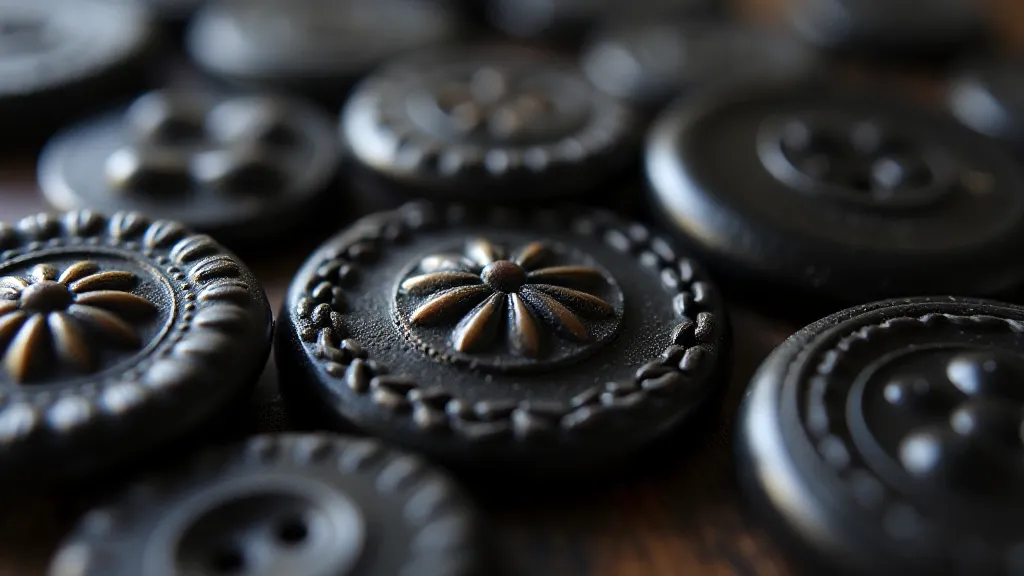
Jet buttons were not cheap. They signified wealth and status, demonstrating a family’s ability to outwardly express their grief. A widow of means would wear jet buttons on her mourning dresses, bonnets, and other garments. These buttons weren’t casually attached; they were carefully chosen to complement the overall mourning attire. There were even strict guidelines regarding the thickness and ornamentation of jet jewelry, which extended to buttons. A young, recently bereaved widow might wear thinner, more simply ornamented jet buttons, gradually transitioning to heavier, more elaborate ones as time passed. This progression wasn’t arbitrary; it reflected a measured approach to grief, mirroring a deeper cultural understanding of mourning rituals and their evolving nature.
Button Manufacturing Techniques: A Craftsman’s Legacy
The creation of Victorian jet buttons was a testament to the craftsmanship of the time. While mass production began to emerge, many buttons, especially the finer examples, were hand-carved. The process was painstaking and required immense skill. First, raw jet was carefully selected and shaped into blanks. Then, skilled artisans would use tools like gouges and files to carve intricate designs. These designs could range from simple geometric patterns to elaborate floral motifs, miniature portraits, or even depictions of angels and weeping willows – symbols deeply associated with mourning. The nuances of button design weren’t merely aesthetic; they were part of a carefully considered visual language. For those interested in the broader significance of these designs and their meanings, further exploration into the grammar of ornament can reveal fascinating insights. The level of skill required for the artistry speaks volumes about the value placed on craftsmanship during the Victorian age.
The manufacturing didn’t solely rely on jet; other materials like vulcanite (a hard rubber) were often used as a base and then painted black to mimic the appearance of jet, but the discerning collector can often identify the difference through close examination and a sense of weight. Understanding the materials themselves and how they were utilized is key to appreciating the history of these objects. The development of these early plastics like vulcanite showcases a fascinating moment in industrial history, and a deeper dive into Vulcanite's Resilience provides a wonderful glimpse into that period. The rise of these alternative materials also speaks to evolving industrial practices and the search for cost-effective solutions without sacrificing perceived quality.
Early button factories, although gradually increasing production, still relied heavily on skilled laborers. Factories like those found in London and Birmingham, England, became hubs for button manufacturing, providing employment for countless artisans. While some standardization occurred, each button retained a unique character, a subtle mark of the artisan’s hand – a testament to the enduring legacy of handcrafted artistry. The evolution of button manufacturing also coincided with advancements in machinery, offering quicker production but often at a cost of the craftsmanship's delicate and meticulous nature. Tracing the journey of these objects, from tailors’ shops to museum displays, provides further context for appreciating their place in history - details explored in depth on our page dedicated to From Tailors' Shops to Museum Displays. The stories surrounding these establishments and the people who worked within them offer an invaluable look into Victorian society and its economic landscape.
Beyond Jet: Other Materials in Mourning Buttons
While jet reigned supreme, other materials were also utilized in mourning buttons. Black silk, black glass, and even black enamel provided alternatives, often at lower price points. Mother of pearl buttons, often dyed black or treated to achieve a dark patina, also found their place in mourning attire. These materials offered variations in texture and appearance, creating a spectrum of mourning options to suit different budgets and tastes. This diversity in composition highlights a key point: appreciating antique buttons demands a keen eye and an understanding of their materiality. Delving into the Beyond the Surface will unlock a deeper understanding of button composition and its historical context. The accessibility of different materials also reflected the varying degrees of mourning observed within different social strata.
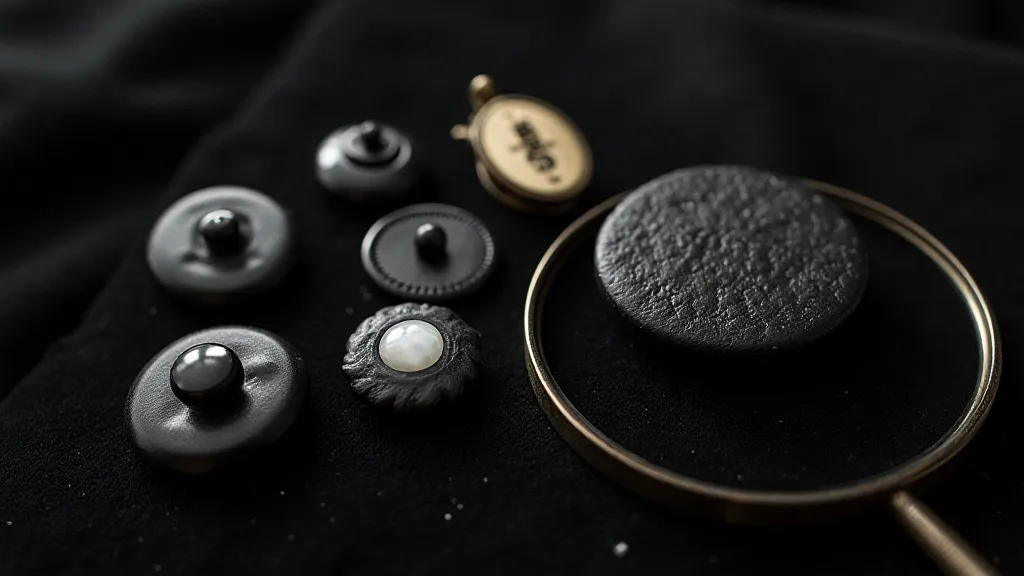
Collecting Military Buttons: A Parallel Story
The era’s culture of loss extended beyond personal grief. The Crimean War and other conflicts saw significant loss of life, prompting widespread mourning. Military buttons, often made of brass or pewter and bearing regimental crests, became poignant reminders of lost loved ones. Collecting these buttons provides another window into Victorian history, illuminating the sacrifices made and the nation's collective sorrow. Many military widows would incorporate these buttons into mourning garments, further blurring the lines between personal loss and national mourning. The visual symbolism of these buttons, emblazoned with regimental insignia, speaks to a sense of duty, sacrifice, and a profound connection to the nation’s military endeavors.
The Language of Design: Symbolism in Miniature
Victorian mourning buttons were often imbued with symbolic meaning. Willow branches, representing mourning and remembrance, were a common motif. Angels, symbolizing the departed soul’s journey to heaven, were also frequently depicted. “Memento mori” (remember you must die) motifs, though less overtly displayed, subtly reinforced the themes of mortality. These miniature works of art speak volumes about the Victorian era's preoccupation with death and the elaborate rituals surrounding it. The recurring motifs weren’t simply decorative; they served as constant reminders of the fragility of life and the importance of remembrance.
Preserving a Fragment of History
Collecting Victorian mourning buttons is more than just acquiring pretty objects; it’s about preserving a fragment of history, connecting with a culture that deeply valued remembrance. Proper care is crucial. Store your buttons in acid-free boxes or pouches to prevent damage. Avoid exposing them to direct sunlight or extreme temperatures, which can cause fading or cracking. Occasionally, a gentle cleaning with a soft cloth can help remove surface dirt. Understanding the delicate nature of these materials – jet’s tendency to crumble, the fragility of black glass – is key to their long-term preservation. The story of these artifacts stretches back much further than their collecting today, and understanding the historical journey they’ve taken is vital to appreciating their significance. The fragility of the materials also speaks to the passage of time and the ongoing need for careful preservation.
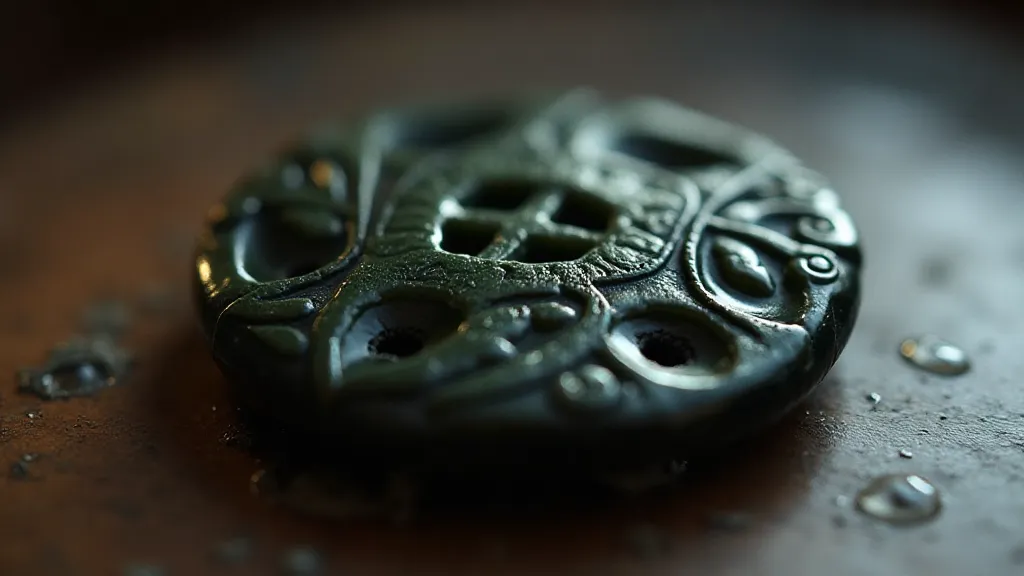
The next time you encounter a Victorian button, take a moment to consider its story, its connection to a bygone era of mourning and remembrance. These seemingly small objects offer a poignant glimpse into the heart of a culture deeply touched by loss, a culture that found solace and expression in the exquisite artistry of jet and other mourning materials – a shadowed grace forever etched in miniature. The details surrounding the crafting and evolution of these items are far more complex than might initially appear, and a broader exploration of the industrial conditions surrounding their creation offers a fascinating perspective. Understanding the cultural context, the symbolism embedded in their design, and the materials from which they were created truly elevates the appreciation of these small but significant artifacts. The enduring appeal of these objects lies not just in their aesthetic beauty but also in the profound story they tell about a society grappling with mortality and finding comfort in ritual and remembrance.
